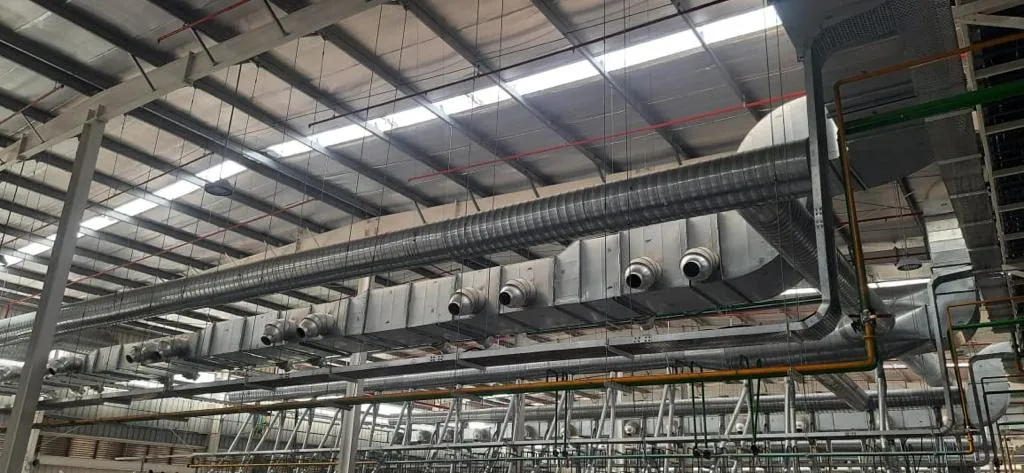Business Hours : Mon - Sat 09:30 AM - 6:00 PM

Energy efficiency in MEP (Mechanical, Electrical, and Plumbing) refers to the optimization of energy use in buildings through the design and implementation of efficient MEP systems. MEP systems are responsible for a significant amount of energy consumption in buildings, and improving their efficiency can lead to significant energy savings and cost reductions.
Here are some of the ways in which energy efficiency can be achieved in MEP systems:
Lighting:
Lighting is a major component of MEP systems, and the use of energy-efficient lighting such as LEDs can significantly reduce energy consumption. The use of occupancy sensors and daylight sensors can also help to ensure that lighting is only used when needed.
HVAC systems:
Heating, ventilation, and air conditioning (HVAC) systems are responsible for a large portion of energy consumption in buildings. The use of high-efficiency HVAC systems such as variable refrigerant flow (VRF) systems, heat pumps, and energy recovery ventilation (ERV) systems can help to reduce energy consumption.
Building automation systems:
Building automation systems (BAS) can be used to optimize the operation of MEP systems by automating lighting and HVAC systems based on occupancy, temperature, and other factors. This can help to reduce energy consumption while maintaining occupant comfort.
Renewable energy:
The use of renewable energy such as solar, wind, and geothermal can help to reduce energy consumption from traditional energy sources. Renewable energy systems can be integrated with MEP systems to provide a more sustainable and efficient building.
Water conservation:
Plumbing systems such as low-flow toilets and faucets, and rainwater harvesting systems can help to reduce water consumption in buildings. This can help to reduce energy consumption by reducing the amount of energy required for water treatment and distribution.
Building envelope:
The building envelope, including walls, roofs, windows, and doors, can be optimized to improve energy efficiency. This can be achieved through the use of high-performance insulation, low-emissivity windows, and airtight construction to reduce energy loss through the building envelope.
In conclusion, energy efficiency in MEP systems can be achieved through a combination of measures such as the use of energy-efficient lighting, HVAC systems, building automation systems, renewable energy, water conservation, and building envelope optimization. By improving energy efficiency in MEP systems, buildings can achieve significant energy savings, reduce their carbon footprint, and contribute to a more sustainable future.